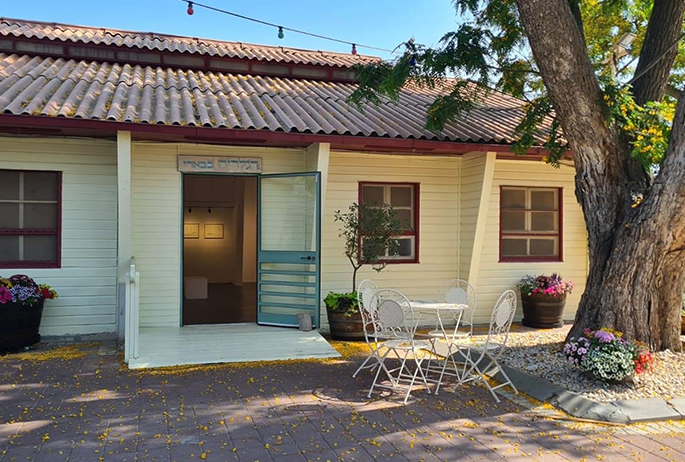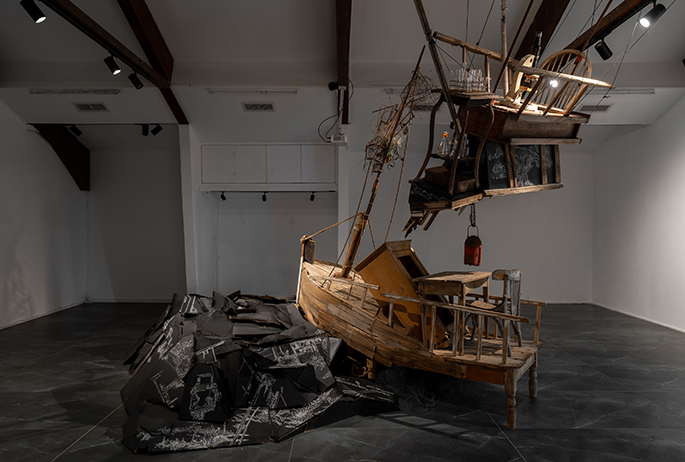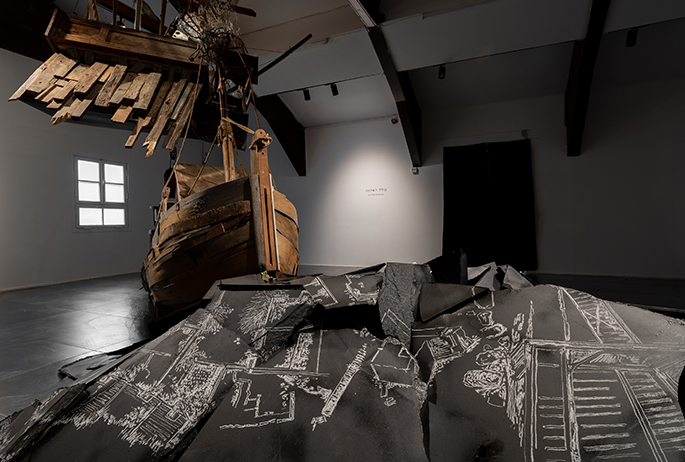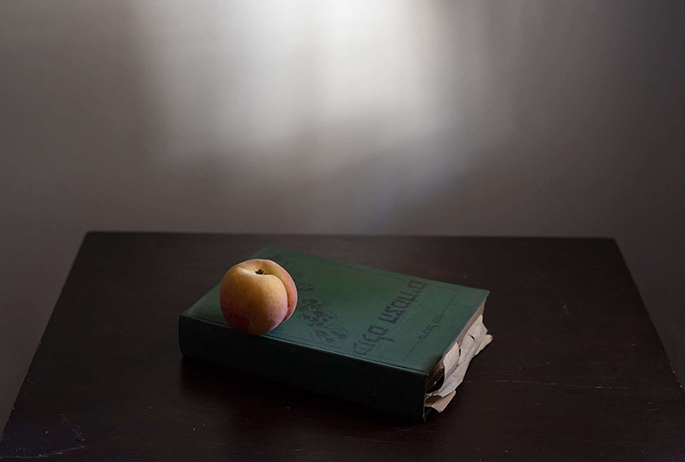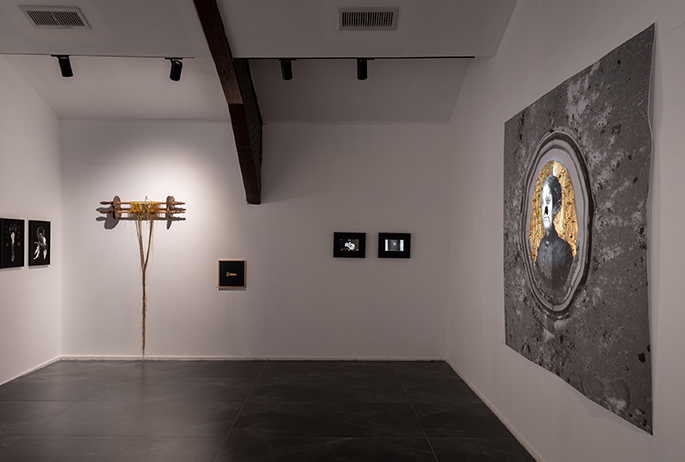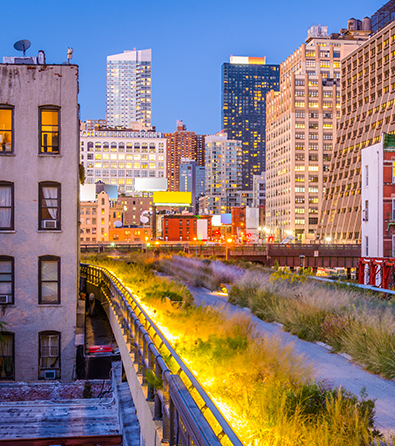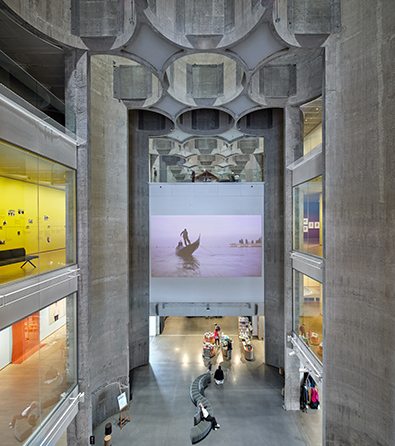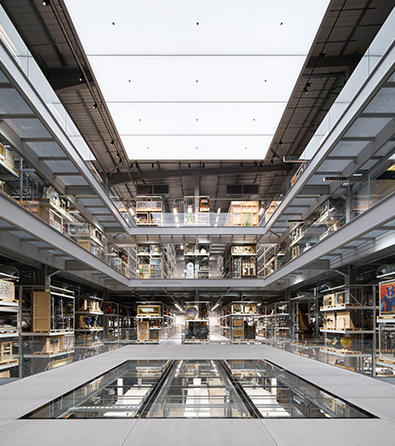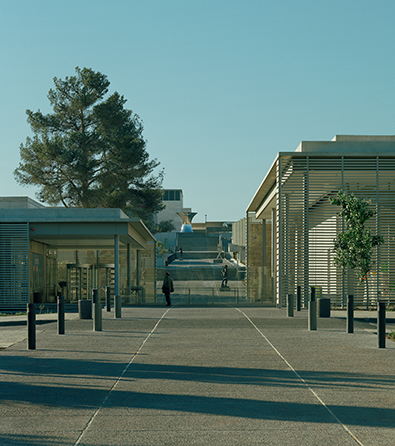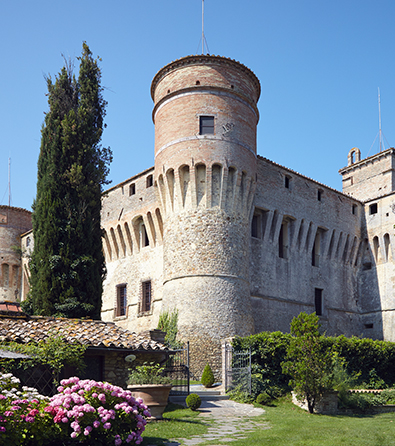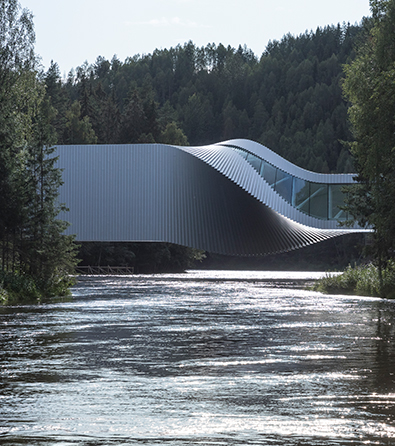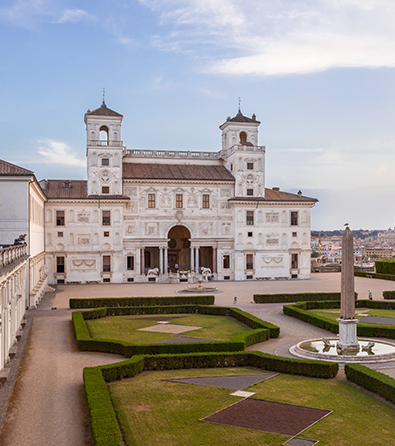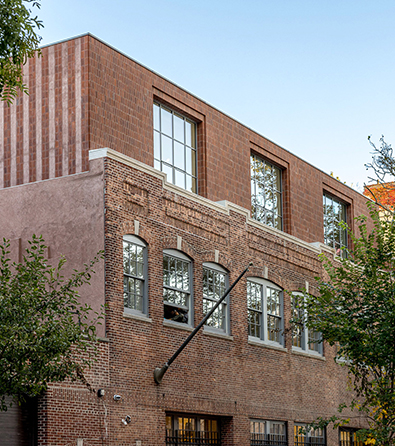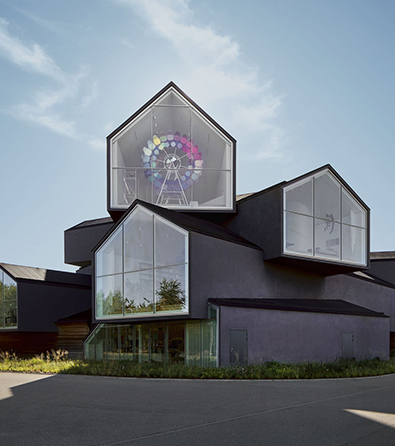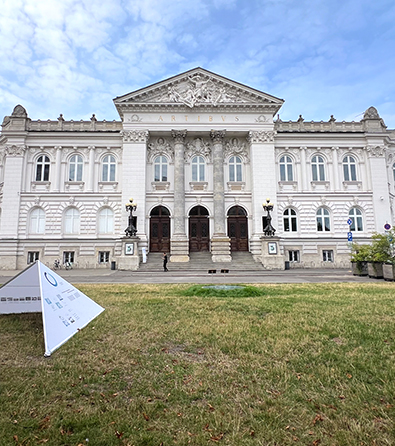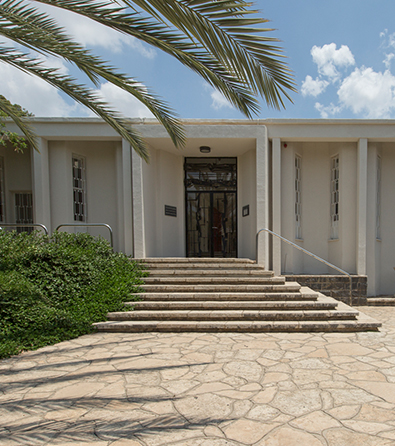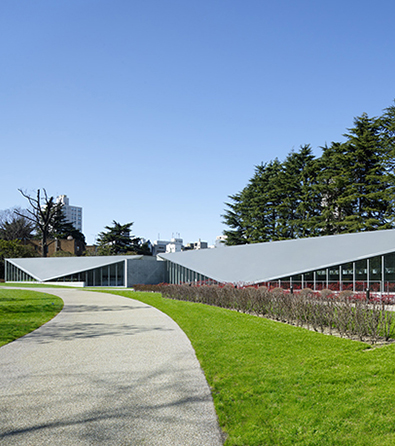The Be’eri Gallery, a prominent center of contemporary art in southern Israel since its inception in 1986 within Kibbutz Be’eri, has exhibited works by numerous acclaimed Israeli artists. Tragically, the October 7th massacre by Hamas terrorists inflicted immense loss upon the community, resulting in the deaths of over 130 residents and the abduction of 26, including elderly individuals, women, and children. In this devastating attack, the gallery was completely destroyed, and its founder, Orit Svirsky, was murdered. In a significant step toward recovery, the gallery is scheduled to reopen in early 2024 at Beit Romano in Tel Aviv for a three-year period, marking a crucial phase in the restoration of both the Kibbutz and the gallery.
The Be’eri Gallery was co-founded by Alon Kislev and the late Orit Svirsky, who also served as its first curator. In 1994, artist and curator Dr. Ziva Jelin assumed the role of director and curator, later joined by artist and curator Sofie Berzon MacKie. The gallery is renowned for showcasing high-quality Israeli art, featuring works from a diverse array of the nation’s most esteemed artists, including both renowned veterans and emerging talents. It hosts a variety of exhibitions spanning multiple mediums such as painting, sculpture, photography, video, print, installation, and performance art. The gallery invites artists to create site-specific artworks that resonate with its unique setting. It actively engages with the local community through artist talks, educational programs for children, cultural events, and workshops.
There were several noteworthy exhibitions at the gallery; one of them was ‘Earth Diver’ by Nivi Alroy and Atar Geva, a collaborative project envisioning a post-apocalyptic world beyond the year 2150. It featured global exhibitions, including sculptures, videos, and installations, reflecting on the Anthropocene era and human impact on the environment. The Be’eri Gallery’s segment, curated by Drorit Gur-Arie and Dr. Ziva Jelin, presented boats carrying cultural relics symbolizing rebirth amidst destruction, merging themes of ecology, memory, and cultural renewal.
The exhibition “Dream Shaper” by Yael Serlin was an exploration of memory and identity. Serlin’s work, inspired by extinct cultures and personal and collective histories, featured layers of cut-out paper, symbolic objects, and gold-thread embroidery, creating a narrative of loss and continuity. Serlin’s art blurs the lines between reality and imagination, presenting a unique interplay of wakefulness and dream. Curated by Dr. Ziva Jelin and Sofie Berzon MacKie.
The exhibition “Shadow of a Passing Bird” by Osnat Ben Dov, which was displayed at the Be’eri Gallery during the massacre, was completely destroyed along with the gallery. Curated by Sofie Berzon MacKie, the exhibition focused on the deeper connections of everyday objects. Ben Dov’s works, capturing the essence of items like lemons, corn, bed linen, and books, translated them into symbols of personal and familial history. She utilized light and the changing seasons to underscore the relationships between these objects and their surroundings, creating a poetic interplay reminiscent of music and breath. Thanks to donors, the artworks were reprinted and are now on exhibit at the Janco-Dada Museum.
Kibbutz Be’eri, established in 1946 near the Gaza Strip and named after Zionist leader Berl Katznelson, has diversified from its agricultural origins to encompass various economic ventures. It owns Hinoman, a company that cultivates the nutrient-rich Mankai vegetable using sustainable hydroponics, grows jojoba for the cosmetics industry, and operates a boutique dairy producing premium handmade cheese. The kibbutz’s primary economic support is the ‘Be’eri Print’ printing factory. Be’eri is also noted for its peace activism, with members volunteering to transport Palestinian cancer patients from Gaza to Israeli medical centers.
During his visit to Israel in November, German President Frank-Walter Steinmeier announced that his government will donate 7 million euros to restore the Be’eri Gallery. Steinmeier made this announcement while touring the devastated Kibbutz Be’eri, accompanied by the President of Israel, Isaac Herzog, and his wife Michal.
The plans to rebuild the gallery and its temporary relocation to Tel Aviv represent a profound declaration of resilience and an unwavering commitment to regeneration. This significant move marks the beginning of a new era of healing and revitalization. It symbolizes a concerted effort to restore what was tragically lost and to reaffirm the gallery’s enduring connection to Be’eri. This initiative serves as a powerful tribute to the community’s indomitable spirit and its steadfast resolve to emerge stronger from the remnants of this calamity.
